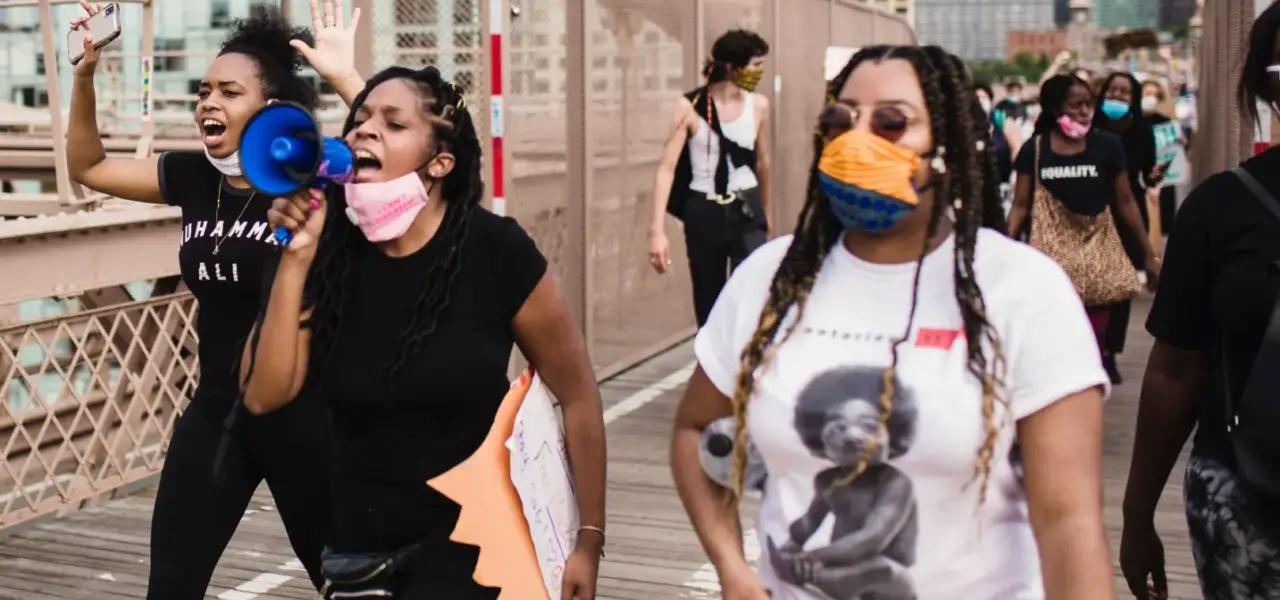December 15, 2022
Generation Spark: Three ways to be a better funder to girls and transgender and gender nonconforming youth of color
by the Ms. Foundation
In 2020, we released the groundbreaking report, Pocket Change: How Women and Girls of Color Do More with Less, which explored philanthropic funding and investment in women and girls of color (WGOC) across the country. The report found that total philanthropic giving to WGOC averages out to just $5.48 per year for each woman or girl of color in the United States. With new research, surveys, and focus group participation, we’ve released an appendix, Generation Spark: Igniting, Supporting, and Propelling Girls of Color, that takes a closer look at the national landscape of programs and organizations in the U.S. Generation Spark shares experiences and learnings from WGOC what is needed from the philanthropy community to best support girls of color and transgender and gender nonconforming (TGNC) youth of color in their advocacy efforts. Here are a few key learnings from the appendix for funders: It’s essential to trust the leadership of girls and TGNC youth of color Philanthropy is historically risk-averse when it comes to funding organizations centering girls of color and TGNC youth of color. Past research shows that foundations typically consider risk from a technical perspective, where they consider: As a result of these considerations, foundations might be unwilling to seed new organizations — including organizations that do not have a long-track record of success, organizations that are youth-led, or organizations that are not nationally recognized. “[Philanthropists] don’t want to fund things that are very much at the grassroots. They want to fund things that they think are going to get a return on their investment… These tech bros get all of these millions of dollars and then they can fail all the time, but we have to jump through hoops to get $5K or $10K or $15K.” Grants should be sustainable and unrestricted Philanthropy often does not consider the time and labor it takes to meet the grant requirements. A majority of leaders from our interviews reported coming from the grassroots level, without formal education or training on running a nonprofit. Despite informal training, they still reported achieving successful program and campaign outcomes while balancing tasks such as applying for grants, completing paperwork once the funds are received, and completing a report once the grant is complete. In addition, philanthropy should increase their multi-year commitments to newer organizations. Smaller grants allow organizations to make progress, but that progress is quickly halted when executive directors have to tend to financial instability as evidenced by interviews and surveys with organizational leaders. Increased funding will help remove barriers such as burnout and negative mental health outcomes for executive leaders, providing them with more capacity to meet the needs of girls rather than the demands of philanthropy. “A lot of us really just need a break. That’s really what I think would change the vigor of our work is if we had an opportunity to step back, and we typically don’t… There needs to be more unrestricted funds towards mental health and wellness.” Funders must keep intersectionality in mind A lack of intersectional awareness is a major barrier to substantial funding. Foundations typically structure funding based on a single-issue system that does not consider the intersections of various identities. Thus, organizations that focus on a wide array of topics are usually forced into one category, which limits opportunities for funding. Work focusing on girls of color and TGNC youth of color requires an intersectional approach to truly understand how race, gender, sexual orientation, age, and class converge to impact their lives. “Foundations don’t always see us because of their lack of understanding of [the Latina experience]…And their lack of understanding of immigration within Latin America. So when we say that we’re a Latina American and Caribbean organization… They don’t know where to put us.” We’re continuing our strategic approach to invest in WGOC through our grantmaking initiatives, including the national Girls of Color Initiative, which provides funding, leadership development and capacity building resources to support the advocacy and movement building of adolescent girls of color – centering their advocacy needs.

